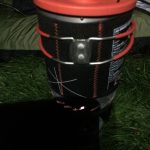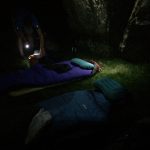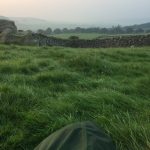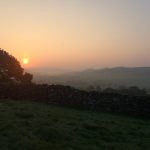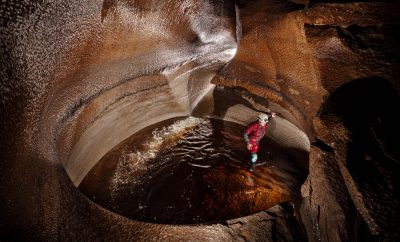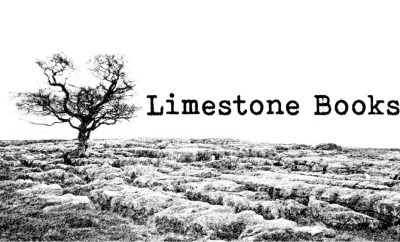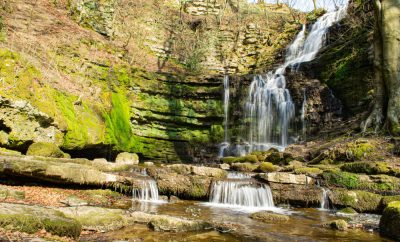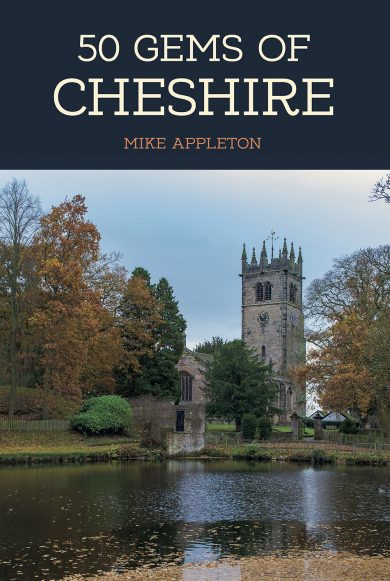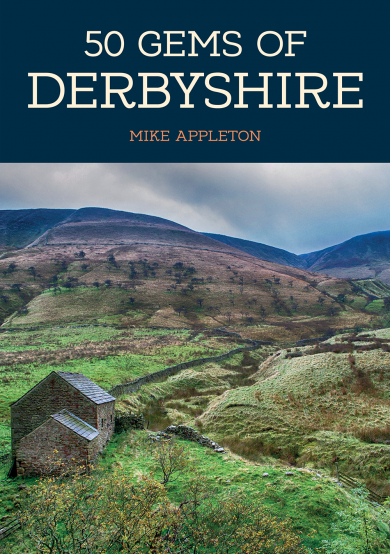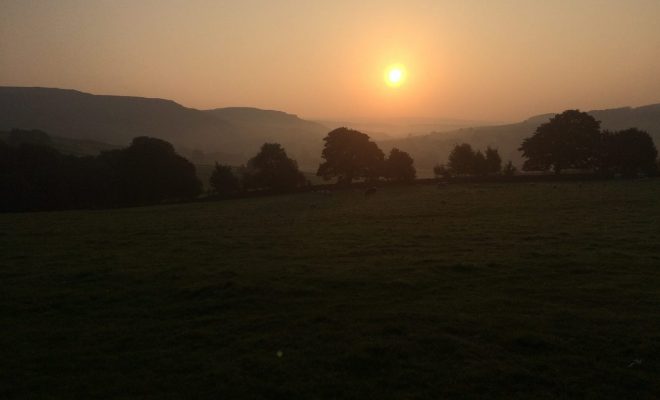
Bivvy Nights… And Thoughts
Regular readers will know by now that I like sleeping under the stars in pretty much nothing else other than a plastic bag.
Ok, I’ve made that sound like I’m really roughing it … to be honest it’s nothing of the sort. I use an Alpkit Hunka XL, Vango Ultralite sleeping bag and I’ve just recently bought a new sleeping mat.
It all adds up to a ‘comfortable’ night in the open air.
I don’t think I have ever been 100 per cent settled when I’m sleeping out but my most recent bivvy, in the Yorkshire Dales, really was the best I’ve had.
A few beers in a local hostelry and selecting a spot was as simple as it has ever been – up on Norber – as were the conditions of no wind, no rain and a warm and clear night.
Milky moon, crystal skies an added bonus.
A nice whisky followed as did a really deep sleep and a beautiful sunrise – as the pictures show.
My friend told me, as he woke, that a Robin landed on his rucksack and basically watched him as he arose from his slumber.
It got me thinking that such an interaction is something that everyone should enjoy but in the Dales, in my experience, it doesn’t happen as much as it should.
In Easegill (near Barbon) I have hardly heard birds tweet – and that’s simply down to the lack of trees and other vegetation. The Dales is a working landscape but it’s also a landscape that lacks trees and therefore places for birds to nest and thrive.
The latest State of Nature report doesn’t paint a great picture of our country’s wildlife.
It says is faring worse in the UK than other countries too.
Last month, the Guardian reported that our best-loved wildlife was in serious decline and we all know what is happening with one of our best loved mammals – and national icons – the Badger.
In a landscape like the Dales, farming is pivotal and critical – it is what has shaped the rolling hills and fells. The Dales would look totally different if it wasn’t for agriculture – but is that a good thing?
Rewilding is in the news at present and I certainly back its aims. But balancing agriculture and the needs of the natural environment isn’t simple whatsoever. We have to feed an increasing population for starters.
The farmers I know certainly do their best with the multitude of environmental schemes which pay them to strive for that balance – but what happens to those projects post Brexit?
People who think the government will continue subsiding farmers at the same levels are sadly going to get a big shock – and I have to say I was surprised that before the vote Farmers Weekly suggested 58 per cent of farmers it polled would back ‘Leave’.
To me that’s turkey’s voting for Christmas – without the EU and subsidy there’s no way some hill farms could survive – but the reasons why many would have voted ‘out’ are complex. It’s not just about subsidy. It’s also being tied into a single market, with a lot of regulation.
And I can see why some wanted to leave – but “regulation” to me is environmental controls and they are vital. In fact, a YouGov poll showed that the “majority of British public polled support protections at least as strong as current EU rules and many think farming subsidies should focus more on environmental protection”.
I know farmers who agree with that also.
Interestingly, the National Trust has just bought Thorneythwaite Farm in the Lake District and it looks like its intention is to use the land as part of a general rewilding project.
This has caused some consternation in the farming community who effectively the Trust gazumped. The price paid for the Farm meant no prospective farmer could get close. How this one unfolds no one knows but farming is changing. As is public scrutiny.
One commentator said that the Trust wanted to ‘disneyfy’ the Lakes, making it a nature reserve instead of what it is – a working landscape. However, it seems that Thorneythwaite is already a reserve as it is, with hill sheep attached. What happens next is anyone’s call… but I do ask, if farms need subsidy to survive then why shouldn’t the Trust use its members’ funds to try something different?
I’m certainly open to having my mind changed on that.
That ‘disneyfication’ comment has also been labelled at the 15 National Parks by the Open Spaces Society.
Their general secretary Kate Ashbrook pointed to the National Parks Partnership which has been set up to enable businesses to engage with the parks ‘to enhance the quality and utility of the parks now and for future generations’.
She said that businesses would want to profit from the scheme through ‘inappropriate sponsorships’.
“If they (the Parks) become prey to commercial predators they will be at severe risk and their special qualities will be destroyed,” she said.
That was a worry I wrote about in Yorkshire’s Three Peaks – The Inside Story of the Dales. I was concerned with how the Yorkshire Dales National Park had been selling its own merchandise for the ‘Three Peaks’ competing against local and well established smaller businesses.
I couldn’t see how that was right. The same could be said for the Three Peaks Project receiving funds from Hanson – who operate quarries in the area – and aggregate for paths.
But not everything is so black and white. So moral.
With cuts in funding it’s impossible to see how these partnerships won’t get bigger in the future too.
And why not? Our National Parks are under pressure financially so it’s no wonder they have joined together under a Partnership.
And therefore we shouldn’t be surprised if big business want to get involved. The Parks aren’t left with much of a choice.
I suppose the answer is pretty simple. Fund our Parks, rewild where possible and work with farmers to ensure they can be allowed to manage the environment whilst supporting their businesses.
It would be a utopian ‘partnership’.
Subsidies will be ending, no doubt, so use what funds there are to ensure a balance so maybe my children can hear birds tweeting and see other wildlife without having to go to a zoo.
- Wainwright.
- Brukit
- Sleep Station
- Morning
- Sunrise
- Alpkit are legends!


